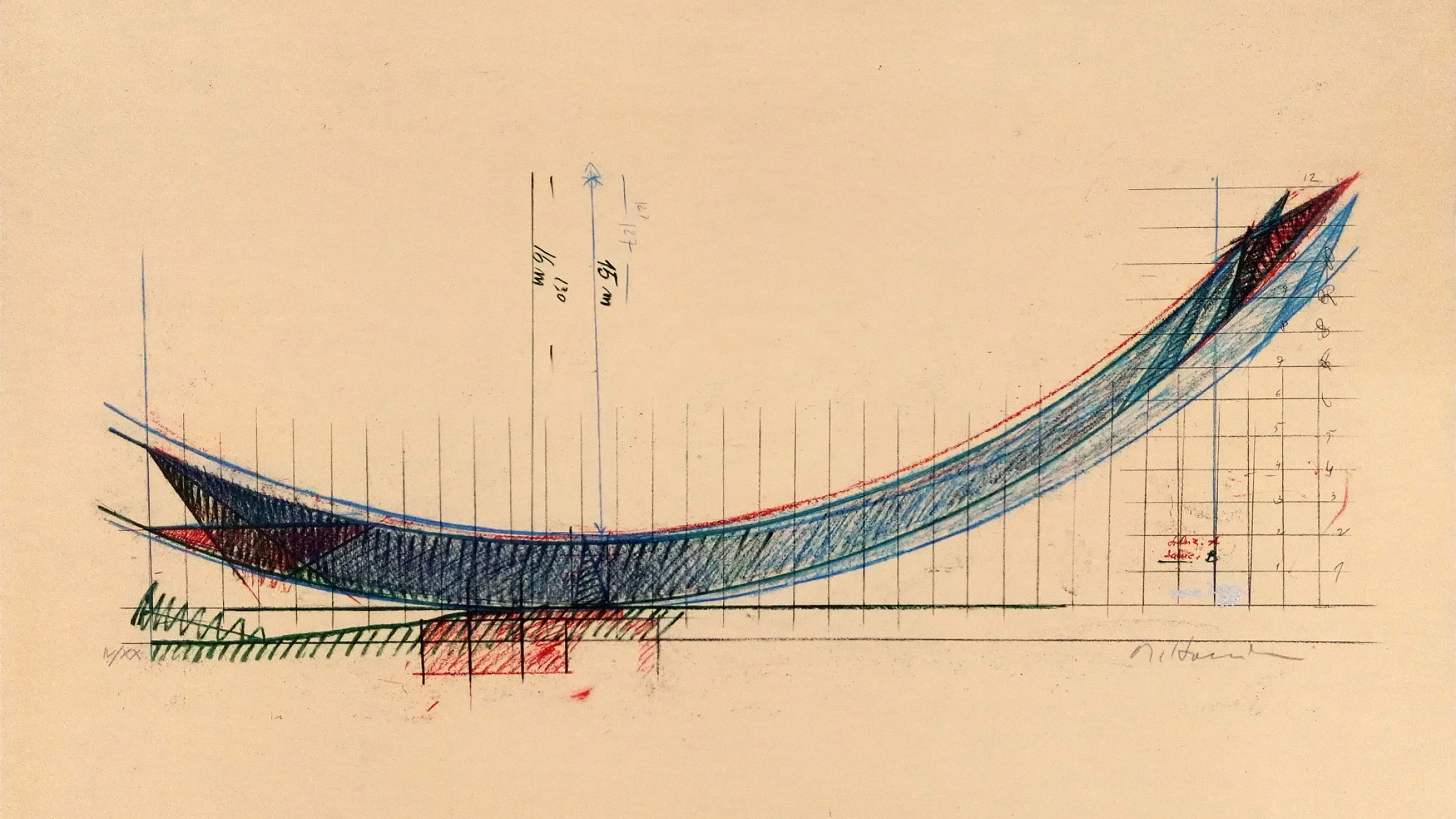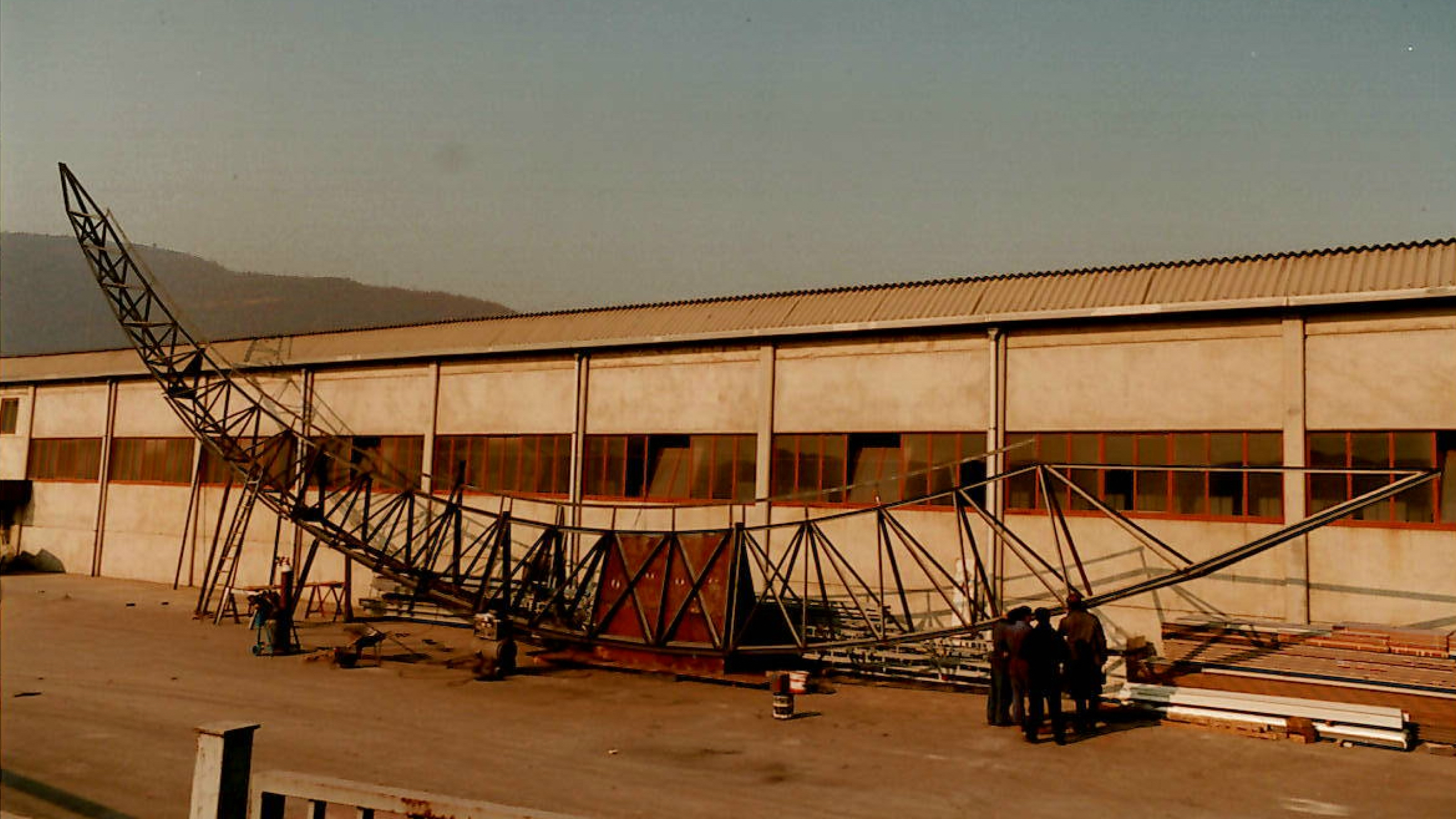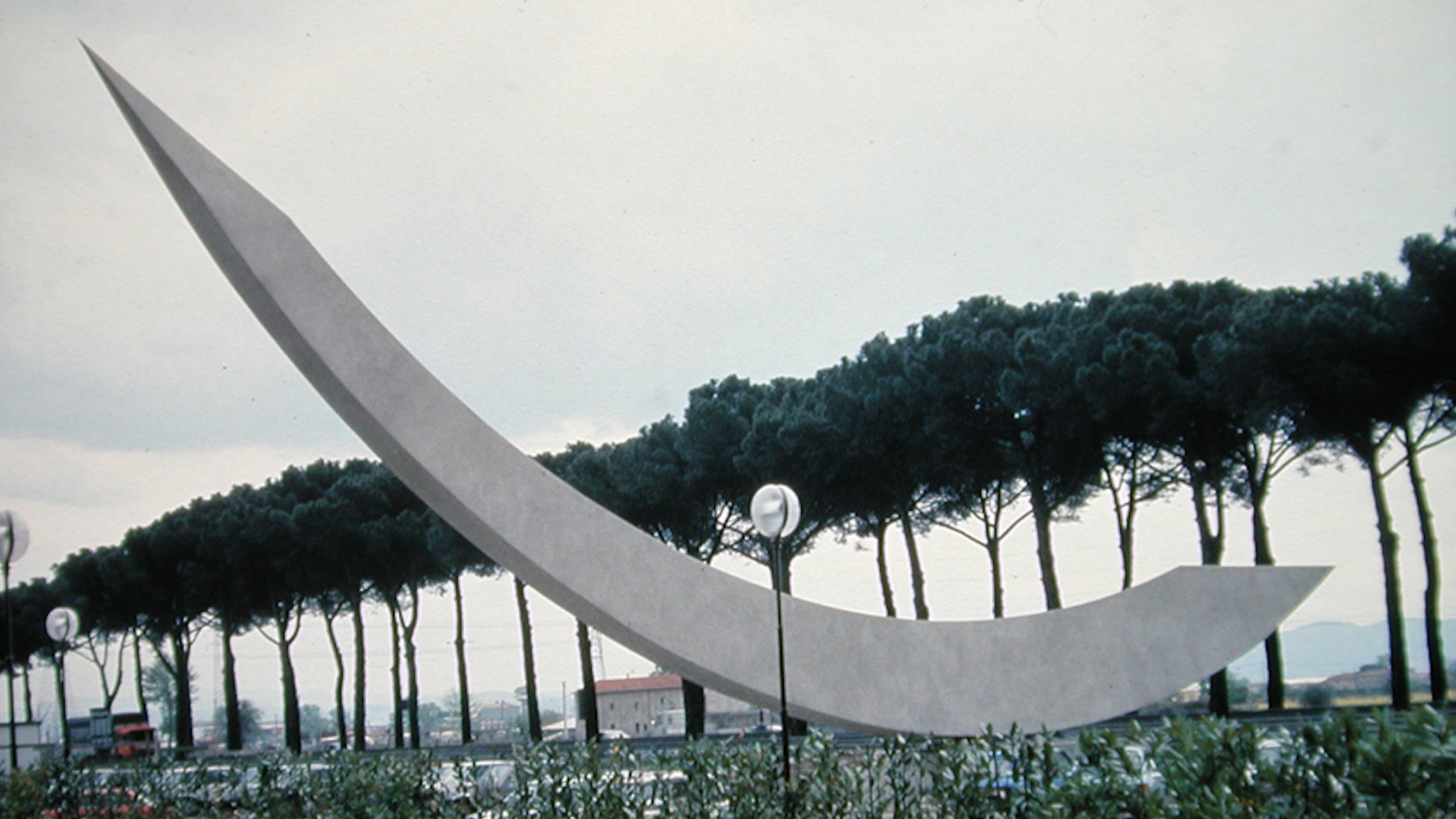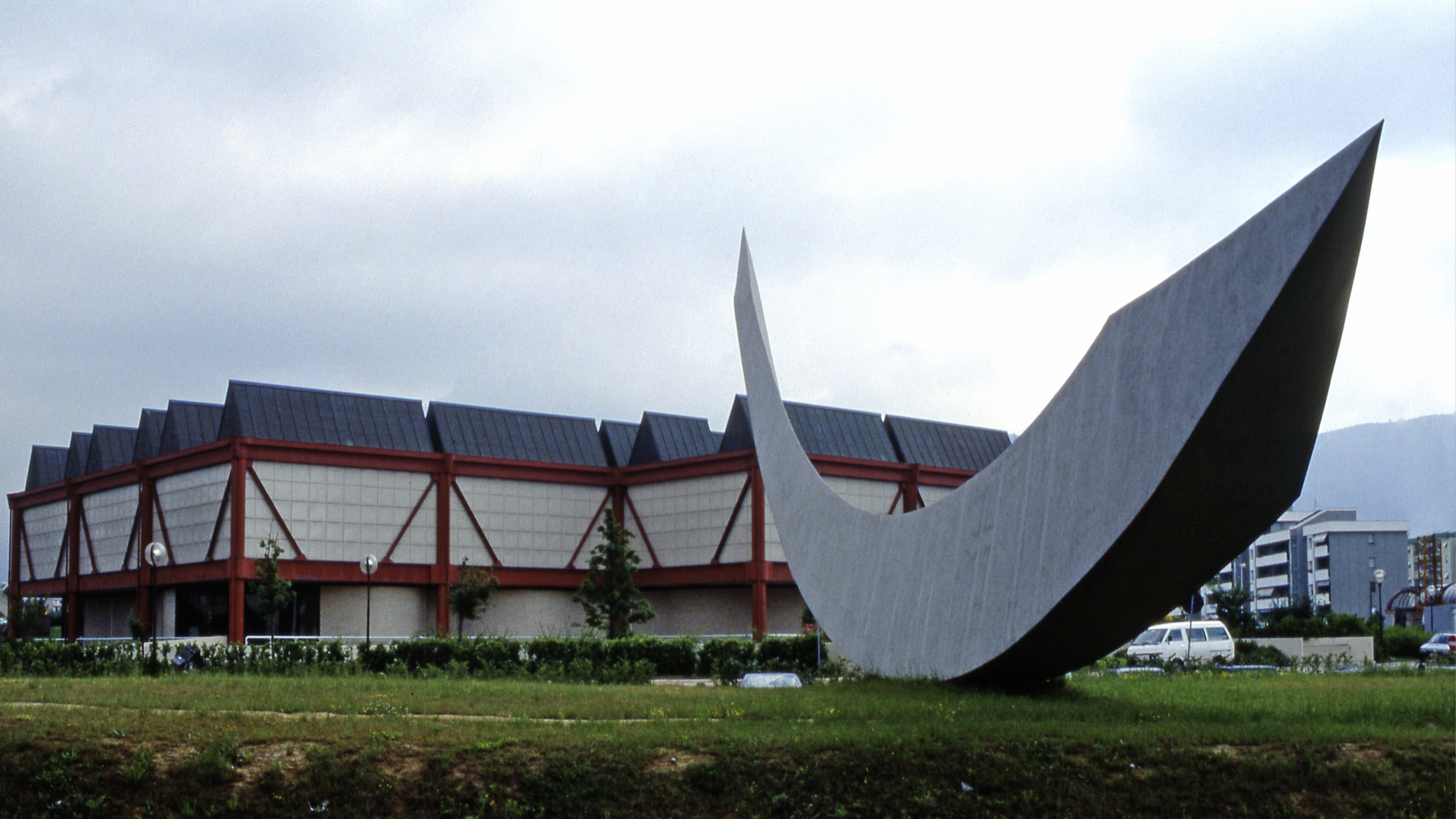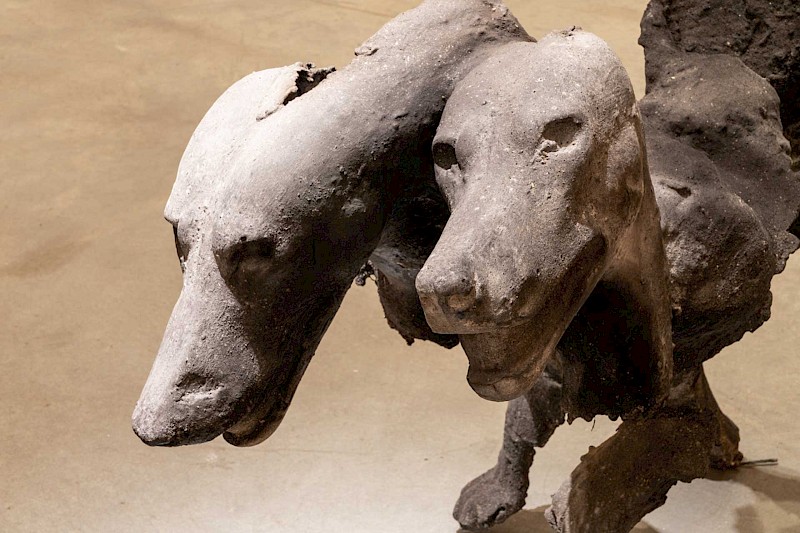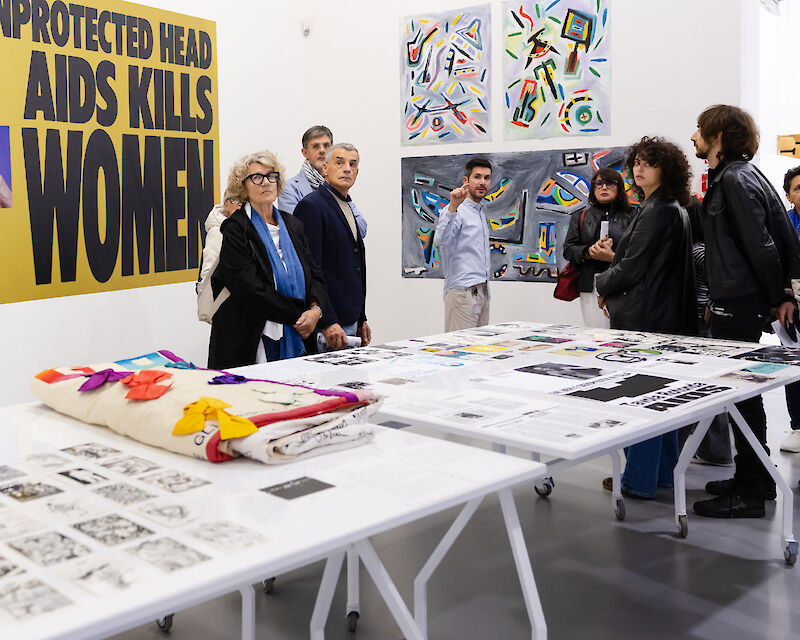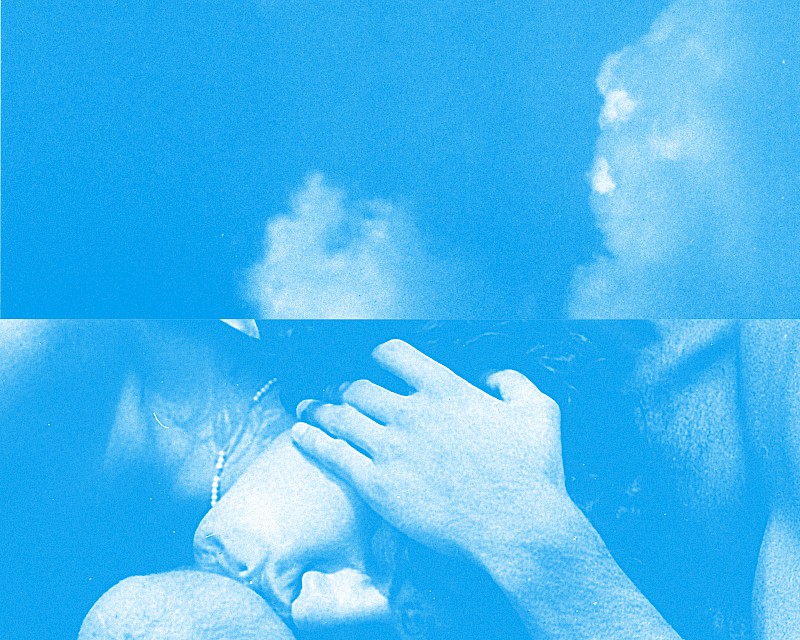To celebrate the return of Mauro Staccioli’s Prato 88, Centro Pecci is presenting the exhibition "Re-thinking the Sculpture by Mauro Staccioli", on view free of charge in the Sala Incontri until Tuesday, January 6, 2026. The exhibition is organized by the Mauro Staccioli Archive as part of the project “Rete del Contemporaneo in Toscana e arte ambientale diffusa.”
The large sculpture Prato 88 is an arch whose tail is cut through by the horizon while its tip soars up to the sky. It stems from Staccioli's conception of art, which had it that
“constructing an idea [is] like constructing a building; thinking of the space where it actually comes into being [is] like an opportunity to read and imagine solutions for the
environmental context.” Although the extension of the Centro Pecci has altered the original context, as the artist saw it, this work, whose size and character are defined by the environment, remains “a sculpture, a suspended form, a tangible sign”. It is a feature that has distinguished the museum complex and contemporary art in the city of Prato for decades.
On the occasion, also an exhibition - with free admission and on display until 6 January 2026 - created by the Mauro Staccioli archive, in connection with the “Rete del Contemporaneo in Toscana e arte ambientale diffusa” project, will be opening in the space of the sala Incontri of Centro Pecci. The exhibition features sketches and original drawings that relate to the making of Prato 88 and recall Staccioli’s 1988 interventions in the Seoul Olympic Park and for Documenta in Kassel.
There are also sculptures and drawings by the artist that lead up to or follow on from the Prato work. And so the exhibition traces the main lines of Staccioli’s artistic research, starting from the pointed sculptures in painted iron or concrete and tubular steel of 1971, through the balanced crescents drawn or made in concrete or Corten steel in the early 1990s, up to the curved designs and the “traversable” geometric forms in Corten steel from the beginning of the new millennium.
Mauro Staccioli
Mauro Staccioli was Born in 1937 in Volterra, where he graduated in 1954 at the Art Institute. In 1960 he moved to Sardinia where he taught, then in 1963 he moved to Lodi and then to Milan where he became director of the Art High School of Brera in 1974/75 and 1978/79 and of the State Art High School of Lovere (BG). The beginnings of his artistic career are interwined with his teaching experience and political activism. From the late 1960s, he devoted himself to sculpture, developing the idea of a close relationship with the place where the work is located. In the 1970s he created “intervention-sculptures” characterised by essential geometry and the use of simple materials such as concrete and iron. In the 1980s his research lost its harshness and aggressiveness, to openly challenge space by subverting static and dimensional balances. He thus began to work on the relationship between sign and landscape, a theme that characterizes his most famous monumental works. Staccioli passed away in 2018 in Milan, leaving behind his archive presided over by his daughter Giulia and directed by Andrea Alibrandi.
In Tuscany
Other monumental works by Mauro Staccioli are found in Tuscany: in the Gori Collection at the Celle Farm, Santomato of Pistoia; at Villa Auruch in Guidoni Avenue in Florence; at the Serra, Carmignano (Prato); in Greve in Chianti and Impruneta (Florence); at Luciana’s Tower and in San Casciano in Val di Pesa (Florence); on the Lungarno of San Giovanni Valdarno (Arezzo); in Pomarance (Pisa); in his hometown of Volterra (Pisa), where the Mauro Staccioli Museum Archive is also located; in Daniel Spoerri’s Garden in Seggiano (Grosseto); in the Giardino Area of Capalbio (Grosseto) for the Hypermaremma widespread project, which since 2025 has been associated with the partner museums of the Contemporary Network in Tuscany.
Owned by the Municipality of Prato and the Centro Pecci Association, the sculpture testifies to the commitment made by the Municipality in 2023 to relocate the work. Thanks to a shared effort, the sculture is officially inaugurate and presented to the public in ics new location, thanks to the dialogue that hai taken place in recent years between the Municipality of Prato, the Centro Pecci Association, the Centro per l’arte contemporanea Luigi Pecci, the Mauro Staccioli Archive, the Cassa di Risparmio di Prato Foundation, and the founding members of the Centro Pecci Association.
